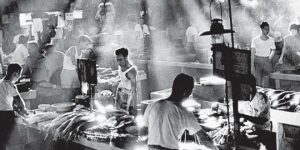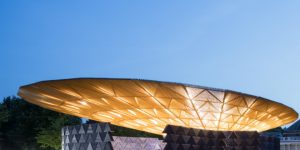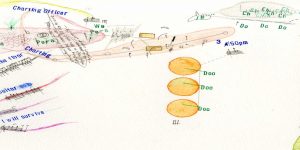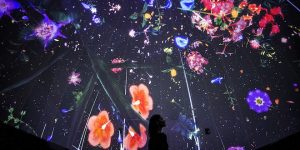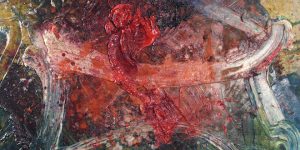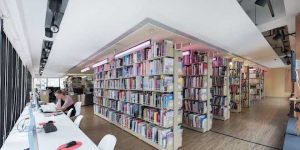Interview with French eco-friendly artist Fernando Costa
We speak to the artist who is best known for using unusual materials that few would have thought to salvage, all in the name of art

French artist Fernando Costa was recently in Singapore for a visit. Art Republik caught up with him to find out more about his unusually eco-friendly metallic collage artworks, which are created from salvaged road signs.
How did you get started working with unwanted materials? And why enamel in particular?
Passionate about French sculptor César’s sculptures, I wanted to find a metallic material that had not been used before. The idea came to me when I was in a rest area at a service station in Los Angeles. A couple had gotten hold of a speed limit sign and had placed it on a top of some stones to use it as a picnic table. And that was when it clicked. I had found the material that I was looking for.

Where do you source the road and street signs from? Do they come only from France? How many do you have in your “inventory” at any one time, waiting to be used?
I had to wait for six years before obtaining permission to take old road signs from the DDE (le direction départementale de l’équipement). I also get some from enamel manufacturers and other public work companies. Today, I have 70 tons of street signs waiting in my warehouse. I am using about 2.5 tons per year. The more spectacular signs inspire new directions in my art. 99% are French origin. I sometimes get some from other places when sent by clients for a specific order.

How do you put together an artwork? Do you prepare a lot before you put the pieces together, including sketching, or do you go with the flow and see where it takes you?
80% of the work is in my head before I start to work on a new piece. The rest is adjustment I do during the realisation process. I do not draw. I never throw away pieces. Everything is used!

Because you use signs, there is more often than not text in your collage works. Is there any significance to the texts that are finally featured on your artworks?
When I use words, pictograms or numbers in my work, I usually follow an idea, a story or something I express through those signs. I am a very talkative storyteller and
I love to use my art to tell stories. Stories start from a specific plate I find or from a story I’ve heard, often as a tribute to outstanding women. I also love numbers and play with them a lot in my work.

Some of the pieces are only made up of coloured pieces, with no texts or symbols. Do you approach the making of the two types of artworks differently?
Abstract pieces are more about using leftover material from my previous works. Recycling is a big part of my work.
You were the artist in charge of designing the OAK racing art car for Le Mans in 2013. Tell us how that opportunity came about. Has the project opened more doors for your artistic practice?
I have always loved cars and that was such an amazing opportunity that Jacques Nicolet owner of OAK Racing offered to me. First, I was supposed to make a big rectangular piece and we planned to stick a picture of it on the car. But I ended with a real racing car in my atelier and covered 100% of it with metal plates. That was a very rewarding project. The real sculpture is 500kg of metal. This special order from Jacques and OAK Racing changed my perspective and was a booster for my reputation.

What do you have planned for the rest of 2017?
I have exhibitions lined up this year, mostly in Europe. And of course, I am also thinking of Asia in general and Singapore in particular, as a new frontier for my art.




